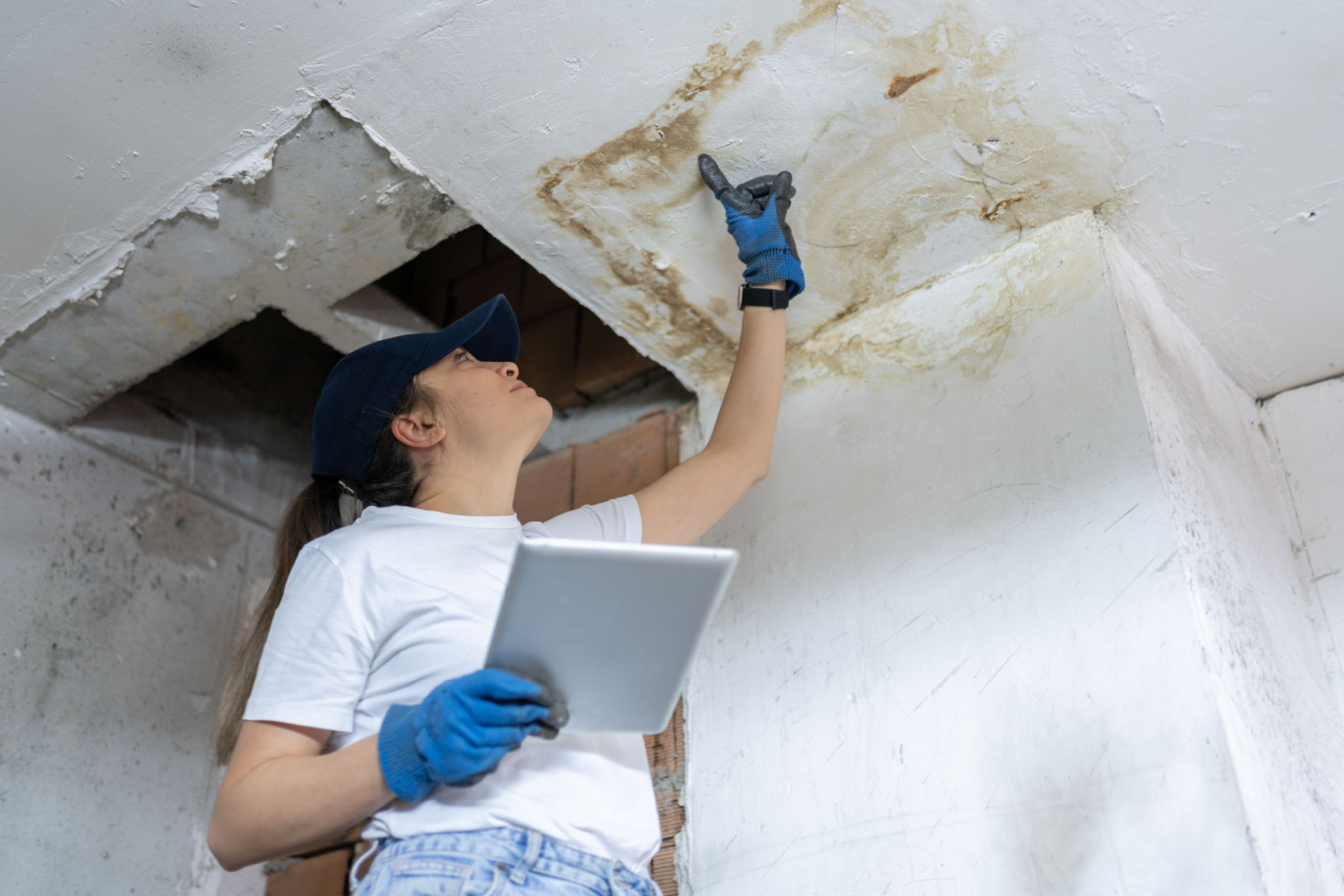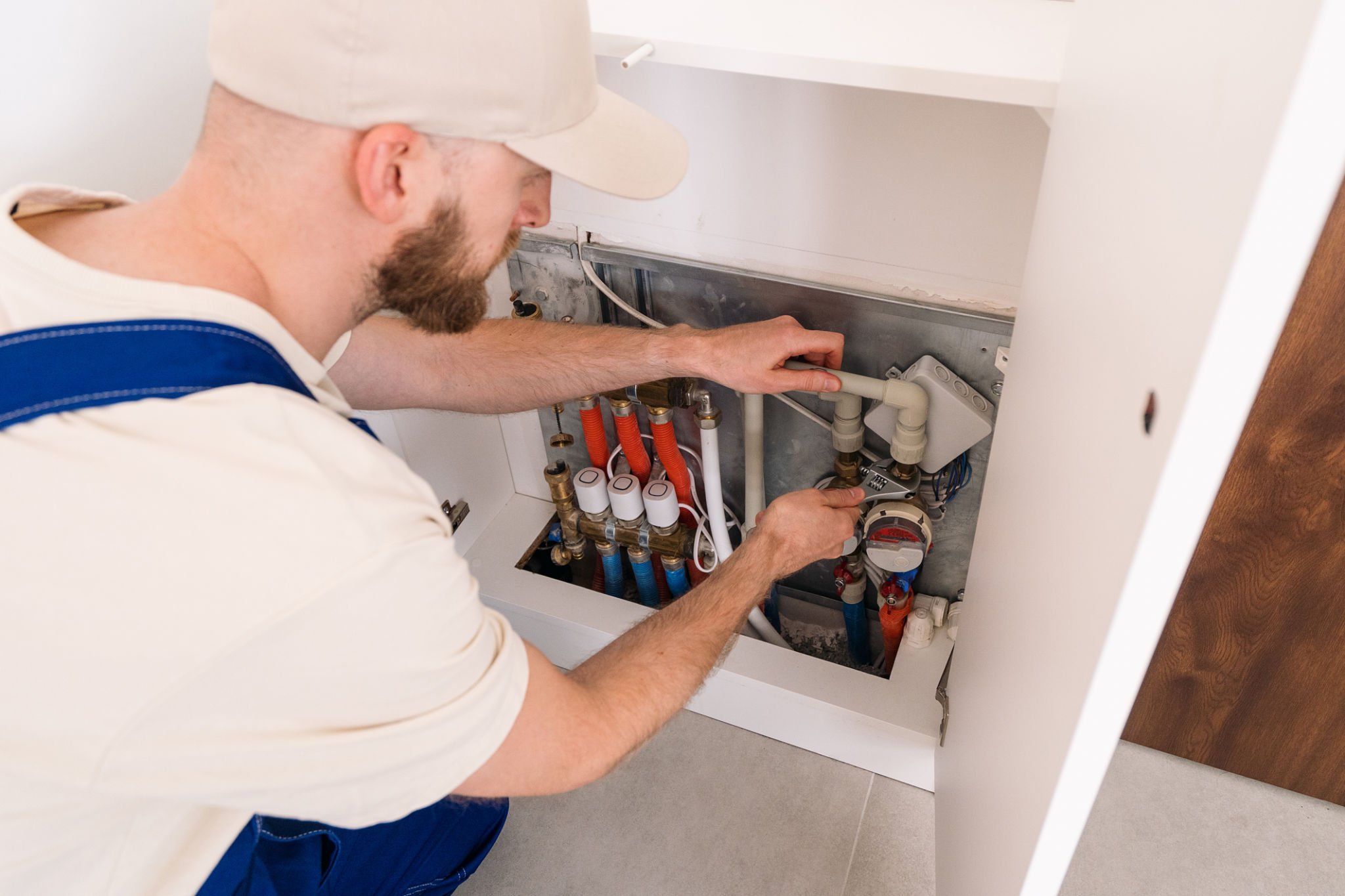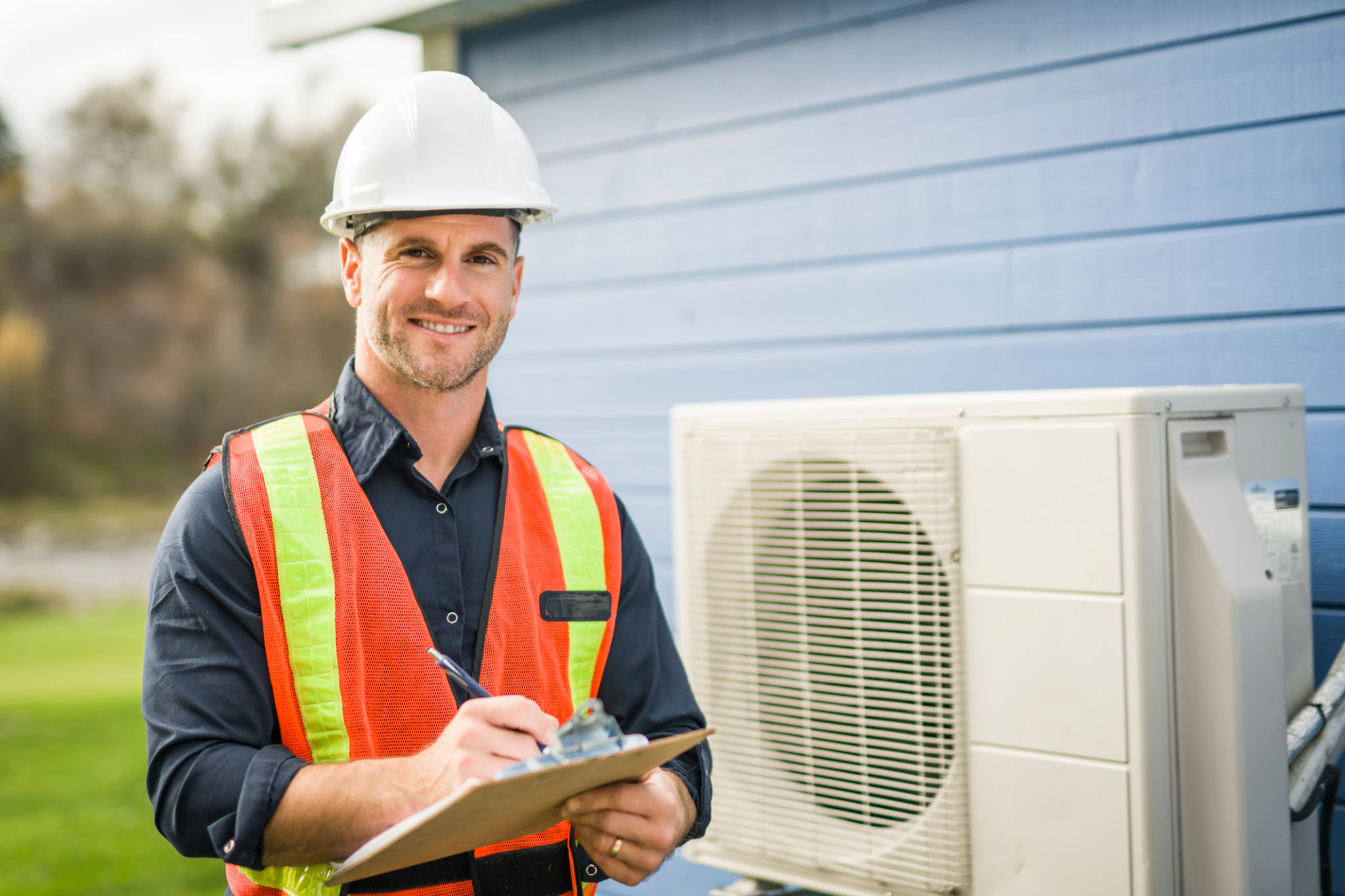DIY Home Inspection: What You Can Check Before Hiring a Professional
Understanding the Basics of DIY Home Inspection
Before hiring a professional home inspector, conducting a DIY home inspection can be a cost-effective way to identify potential issues. This process not only helps you better understand your property's condition but also allows you to address minor problems before they escalate. While a DIY inspection won't replace a professional's expertise, it can certainly provide valuable insights.

Exterior Inspection: Curb Appeal and Structural Integrity
Begin your inspection by examining the exterior of the property. Look for signs of wear and tear on the roof, such as missing shingles or tiles. Check the gutters for clogs or damage. Inspect the exterior walls for cracks or water stains, which could indicate underlying issues. Also, examine the foundation for any visible cracks or shifts.
Pay attention to the condition of windows and doors. Ensure that they open and close smoothly and check for any signs of rot or decay in wooden frames. Don't forget to inspect the driveway and pathways for cracks or uneven surfaces, as these could pose safety hazards.
Interior Inspection: Plumbing and Electrical Systems
Once inside, start by checking the plumbing system. Look under sinks and around toilets for leaks or water damage. Test faucets and showers to ensure they have proper water pressure and are free from leaks. Additionally, inspect the water heater for any signs of rust or corrosion.

Next, move on to the electrical system. Test all switches and outlets to confirm they are functioning correctly. Look for any exposed wiring or outdated electrical panels that might need upgrading. If you encounter any issues, it's crucial to hire a licensed electrician to address them.
Heating and Cooling Systems
Your home's heating and cooling systems are essential for comfort and efficiency. Inspect the HVAC system by checking filters, vents, and ducts for cleanliness and proper operation. Listen for any unusual noises when the system is running, as these could indicate mechanical issues.
If you have a fireplace, ensure it's clean and free from obstructions. Check the chimney for any blockages or structural damage. Regular maintenance of these systems can prevent costly repairs down the line.

Attic and Basement: Hidden Areas of Concern
Don't overlook the attic and basement during your inspection. In the attic, check for signs of water damage or pest infestations. Proper insulation is also crucial, so ensure it's in good condition to maintain energy efficiency.
In the basement, look for any signs of moisture or mold growth, which could indicate poor ventilation or drainage issues. Examine the foundation walls for cracks or water seepage. Addressing these problems early can prevent serious damage to your property.
Document Your Findings
While conducting your DIY home inspection, it's important to document your findings. Take notes of any issues you discover, and consider taking photos for reference. This documentation will be helpful when discussing potential problems with a professional inspector or contractor.
Keep in mind that while a DIY inspection can help identify obvious issues, it doesn't replace the comprehensive analysis provided by a professional home inspector. If you have concerns about major systems or structural integrity, seeking professional expertise is always recommended.

